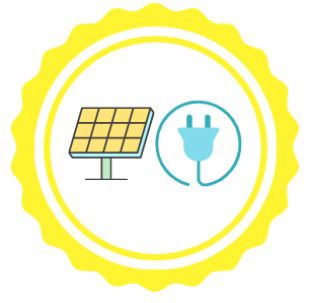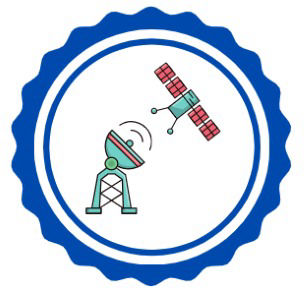SUB-SYSTEMS

Mission Analysis and Orbits
It includes definition and trade of mission concept architectures. Calculation of the ∆V requirements for the mission and various proximity operations. This section also includes discussion on orbital selection and mission analysis.

Propulsion
This includes selection and trade of a Propulsion system suitable for the mission. It includes propellant budgeting, Lift-Off mass estimation for the mission and selection of launch vehicle based on the lift-off mass. PMD and pressurant tanks are also designed and a top-level feedline system architecture is developed.

AOCS
This includes the definition of different satellite modes during different phases of the mission. Slew rates and de-tumbling rates and aerodynamic drag, solar radiation and gravity effects on torque of the satellite are calculated.

Electrical
This includes capturing power requirements of different sub-systems and calculation of various eclipse times that have a high constraint on the Spacecraft. Trade is performed to select the battery and power source. Battery and solar array sizing is included.

Communications and OBDH
This includes the calculation of link budget required for nominal data transmission for the payloads using the Deep Space network by NASA and other high gain antennas. It includes the trade and configuration of the Communication sub-system and also touches upon the OBDH equipment required .

Thermal
This includes the calculation of equilibrium temperatures of
the spacecraft and Passive thermal control material selection and critique.



